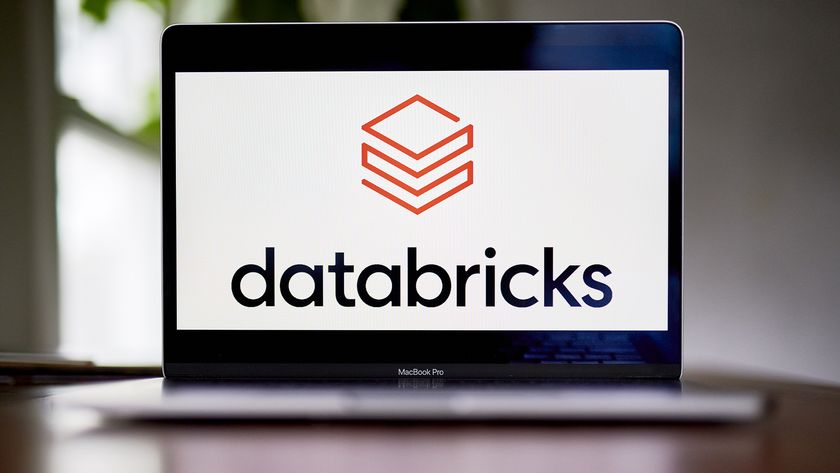Key truth 2: Be clear about what you want to achieve
While it's true that businesses shouldn't try to second guess the answer, they do need to have a clear business aim in mind, something that actually needs to be achieved.For example, one of the ways in which Big Data can improve performance is to gather more accurate information, whether it's on personnel data, customer behaviour or purchasing decisions.
The numbers are staggering, according to McKinsey. The business consultancy claims that if the US healthcare industry adopted Big Data, the national healthcare bill could be reduced by about eight per cent. What's more, in Europe, the public sector could cut more than 100 billion in operational efficiency, by reducing fraudulent claims and boost the collection of tax revenues, McKinsey says.
Key truth 3: People are the drivers
A Big Data project needs someone to drive it. It's not about the technology. This isn't about someone with the data scientist skills mentioned above, this is about finding someone with a clear set of objectives, who can set out what's needed and how to achieve this.
There's no particular set of management skills that are required. Such responsibilities could lie with the CFO, CIO or even the CEO, but, ultimately, one person has to take responsibility. As Priestley points out: "Big Data is not just a technological challenge, it's a business one as well. Companies need to understand that," he says. "The usage model is key to this. There can be many different usages they can be modelled in different ways."
Key truth 4: It's not just about the data
Get the ITPro. daily newsletter
Sign up today and you will receive a free copy of our Focus Report 2025 - the leading guidance on AI, cybersecurity and other IT challenges as per 700+ senior executives
There are three main elements to Big Data analysis: the data itself, the analysis of that data and the presentation of the results.
Having the data in its own right is meaningless. It was already there. It's the way that this is handled, analysed and presented that makes the difference and transforms the data into something valuable.
Moving to a Big Data project will entail careful planning. It's best to start off small and work on discrete projects and then work your way up the scale. Once the data is gathered, it's time to look at the results in more detail.
Key Truth 5: Big Data is for everyone
Much of the debate on Big Data has focused on large organisations the sort of bureaucratic monoliths where an overwhelming mass of data is hindering that organisation from working effectively. Many of the early adopters of Big Data techniques come from this sector, but they're not the only people who could benefit.
Assessing hidden data and drawing patterns from them are skills that will be welcomed by businesses of all size. There are certain small businesses that handle industrial volumes of data. For example, Formula One design companies are small in size but gigantic in terms of data volume but even smaller businesses can get benefits from using Big Data in their everyday working.
Such companies are perhaps the ones who want to move beyond Excel for customer analysis, delving to find customer buying patterns. If you're a restaurant that has a particular dish on a menu, it would be possible to email all customers who have ordered it when it appears on the menu again, for example. Or if you're a wine merchant with a particular vintage in stock, customers who are devotees of that wine can be alerted when another shipment is on its way.
And such companies won't need to go down the data scientist route. There are several Big Data applications that can help the small business get closer to its customers. Ultimately, that is all a business, regardless of size, and Big Data is going to be a step in that direction.
Visit the Intel IT Centre for further help and guidance for IT managers and professionals.
ITPro is a global business technology website providing the latest news, analysis, and business insight for IT decision-makers. Whether it's cyber security, cloud computing, IT infrastructure, or business strategy, we aim to equip leaders with the data they need to make informed IT investments.
For regular updates delivered to your inbox and social feeds, be sure to sign up to our daily newsletter and follow on us LinkedIn and Twitter.

















